Description
The “Foundations of Modern Analysis” is a key subject in mathematics that lays the groundwork for understanding real and complex analysis, providing the rigorous framework for concepts such as limits, continuity, differentiation, integration, and sequences of functions. It is the bedrock upon which the rest of modern mathematical analysis is built, offering a formal structure for understanding functions, series, and other fundamental ideas.
### Key Topics in the Foundations of Modern Analysis
1. **Real Numbers and the Completeness Axiom**:
– The real number system is based on the field axioms and the completeness property, which states that every Cauchy sequence of real numbers converges to a limit in the real numbers.
– Key concepts: Dedekind cuts, Archimedean property, density of rational numbers.
2. **Sequences and Series**:
– Sequences: A sequence is a list of numbers ordered in a specific way, often used to describe the behavior of functions as they approach limits.
– Series: The sum of the terms of a sequence, particularly infinite sums (series), which may or may not converge.
– Convergence criteria for sequences and series, such as the Cauchy criterion, ratio test, and comparison test.
3. **Limits and Continuity**:
– Limits form the core of analysis, defining how functions behave as inputs approach a certain point.
– Continuity: A function is continuous if its value does not “jump” as the input approaches a point.
– The epsilon-delta definition of a limit, as well as topological properties like closed sets, open sets, and neighborhoods, are key to understanding continuity.
4. **Differentiation**:
– Derivatives are used to describe the rate of change of a function.
– The fundamental theorems of calculus (like the Mean Value Theorem) provide tools to connect local behavior (derivatives) with global behavior (integrals).
– Higher derivatives and Taylor series are central in analyzing function behavior and approximations.
5. **Integration**:
– The integral is used to compute the area under curves and solve various physical and geometrical problems.
– The Riemann integral, Lebesgue measure, and Lebesgue integration extend the basic idea of integration to more complex settings.
– Fundamental Theorem of Calculus: Links differentiation and integration in a precise way.
6. **Metric Spaces**:
– Metric spaces generalize the notion of distance in Euclidean spaces and provide a framework for discussing concepts like convergence, continuity, and compactness.
– Key concepts include open and closed sets, compactness, and connectedness in metric spaces.
7. **Function Spaces**:
– These are sets of functions that are considered together, often with the structure of a vector space or a topological space.
– Examples include spaces of continuous functions, spaces of integrable functions (L² spaces), and Sobolev spaces.
8. **Compactness and Convergence**:
– Compactness: A set in a metric space is compact if it is closed and bounded. Compactness plays a crucial role in various analysis theorems, such as the Arzelà–Ascoli theorem.
– Types of convergence: pointwise and uniform convergence of sequences of functions.
9. **Fourier Analysis**:
– Fourier analysis involves expressing functions as sums of sine and cosine functions (Fourier series), or as integrals in the continuous case (Fourier transforms).
– This area is crucial for understanding signals, waves, and many applications in engineering and physics.
10. **Measure Theory and Integration**:
– Measure theory provides a general framework for integrating functions that are more general than Riemann-integrable functions, focusing on Lebesgue measure and Lebesgue integration.
– It has applications in probability theory, statistical mechanics, and various branches of pure and applied mathematics.
11. **Advanced Topics**:
– Topics like functional analysis, operator theory, and distributions (generalized functions) are extensions of classical analysis, often involving infinite-dimensional spaces and more abstract structures.
– The study of Banach spaces, Hilbert spaces, and Fourier transforms all stem from the foundations of modern analysis.
### Notable Texts
Several foundational texts provide deep insight into modern analysis. A few key books include:
– **Walter Rudin’s “Principles of Mathematical Analysis”**: This is one of the most famous textbooks on real analysis and covers many of the topics listed above with rigor.
– **Michael Spivak’s “Calculus”**: This book is a classic and provides a solid introduction to the concepts of analysis.
– **Tom M. Apostol’s “Mathematical Analysis”**: A textbook that explores real analysis in depth, starting from the basics and leading to more advanced topics.
– **Stein and Shakarchi’s “Real Analysis”**: A more advanced text in analysis that combines theory with applications.
### Why It Matters
The foundations of modern analysis are critical for advanced mathematics and its applications in physics, economics, engineering, and other fields. It provides the formalism needed for rigorous proofs and establishes the structure that supports further developments in both pure and applied mathematics.


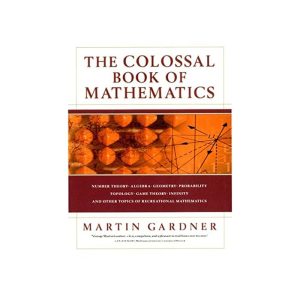
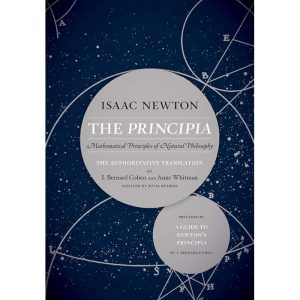
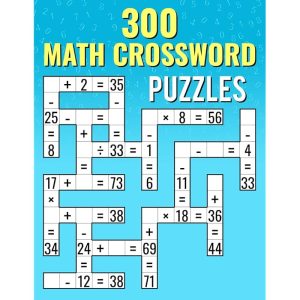


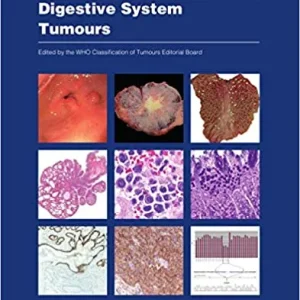


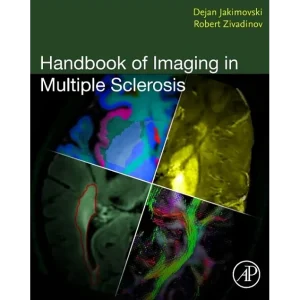





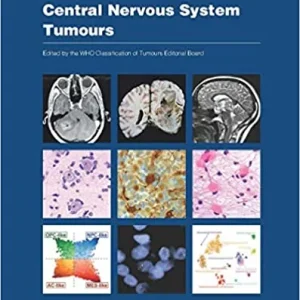
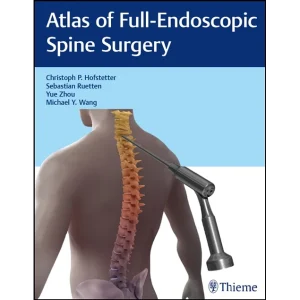
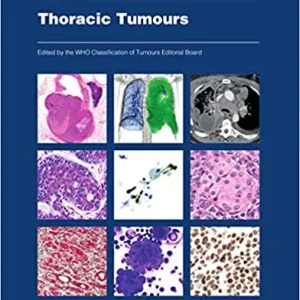




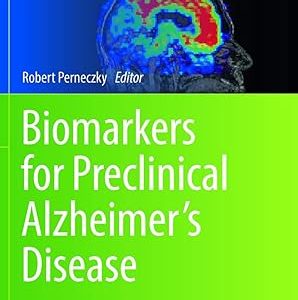

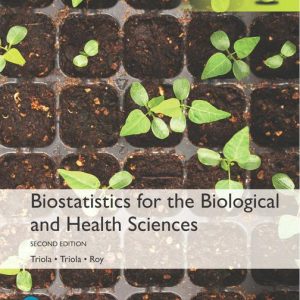
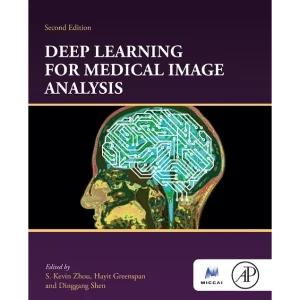
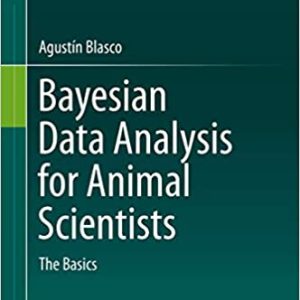

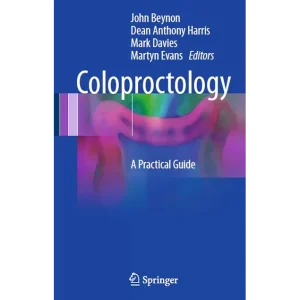

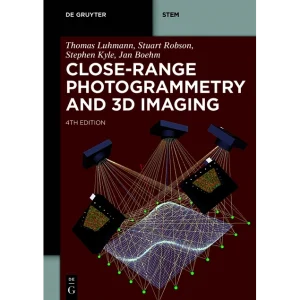
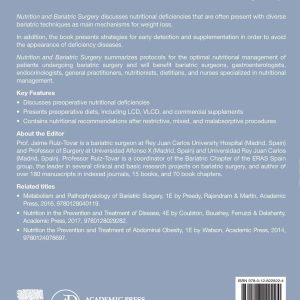
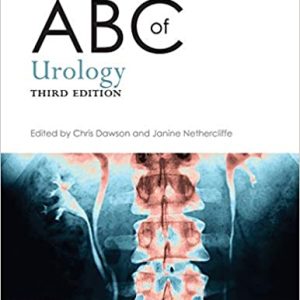






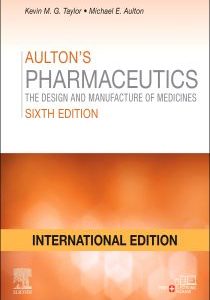
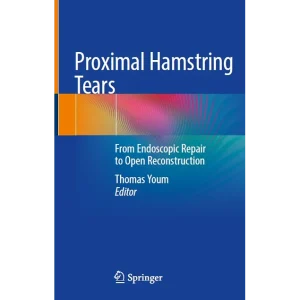



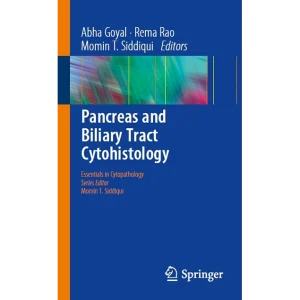

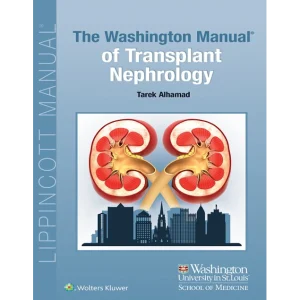
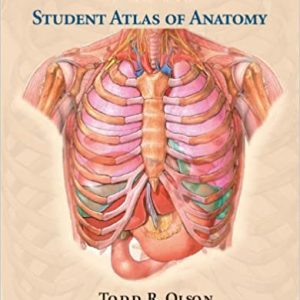



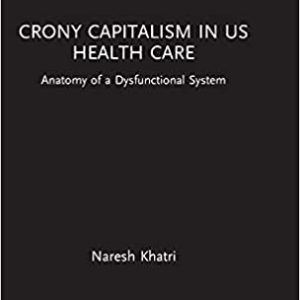


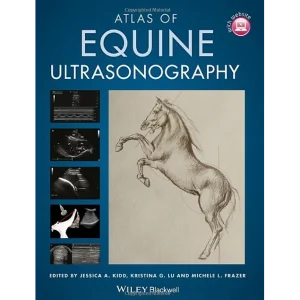
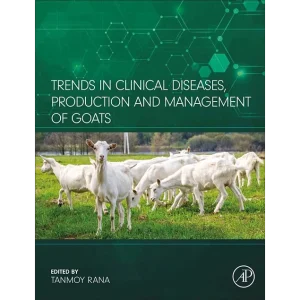
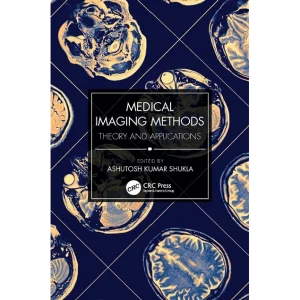

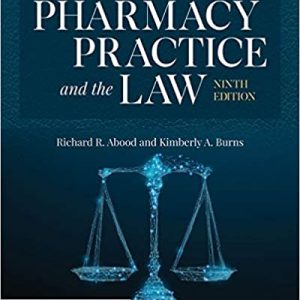

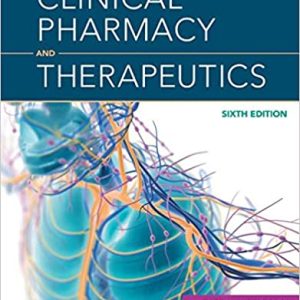

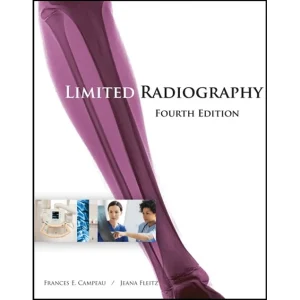
Reviews
There are no reviews yet.